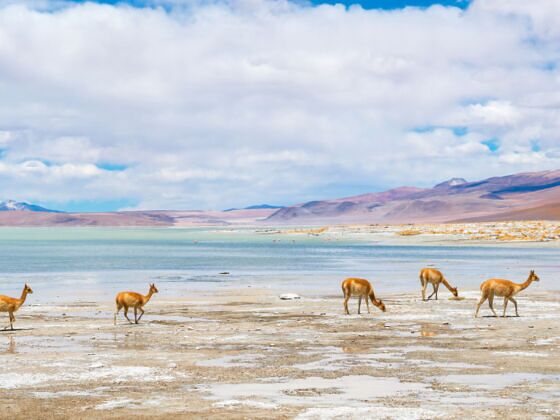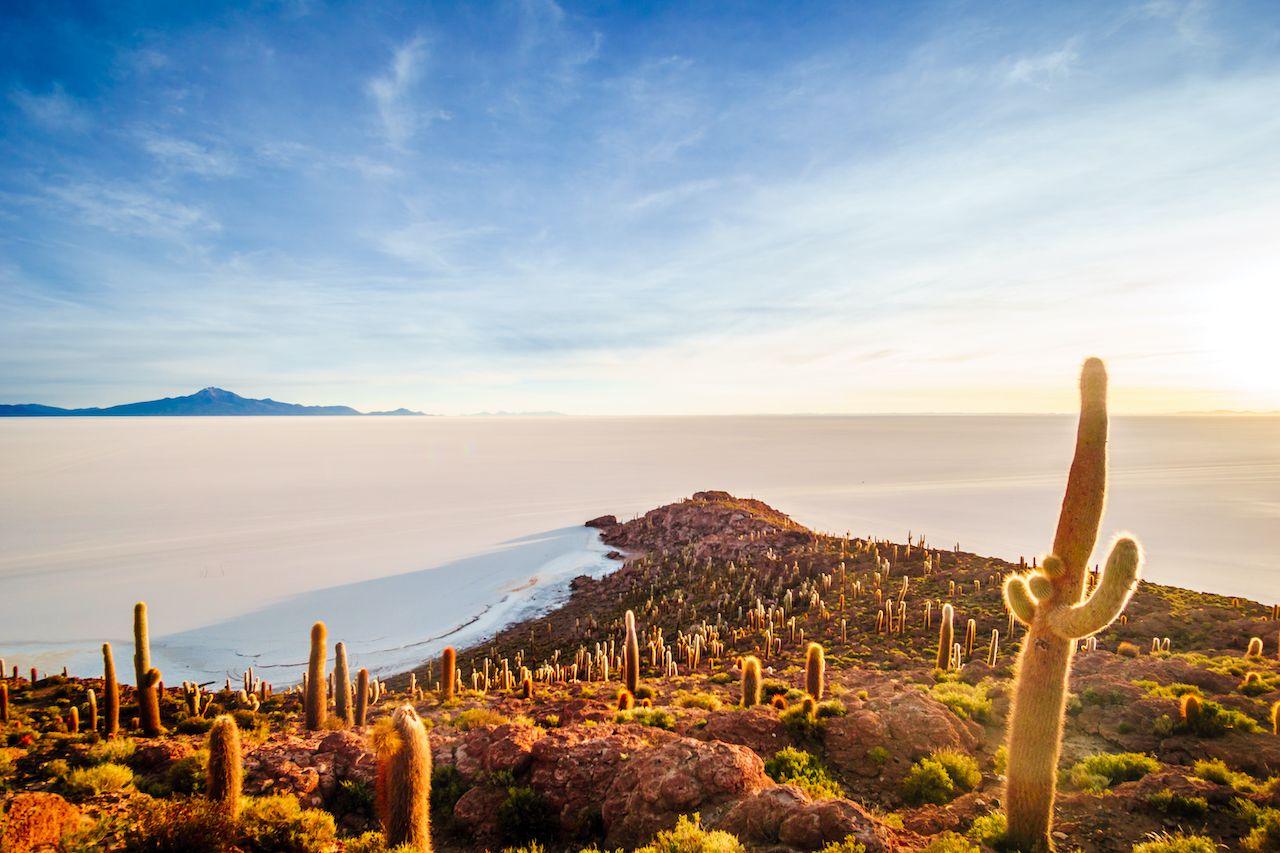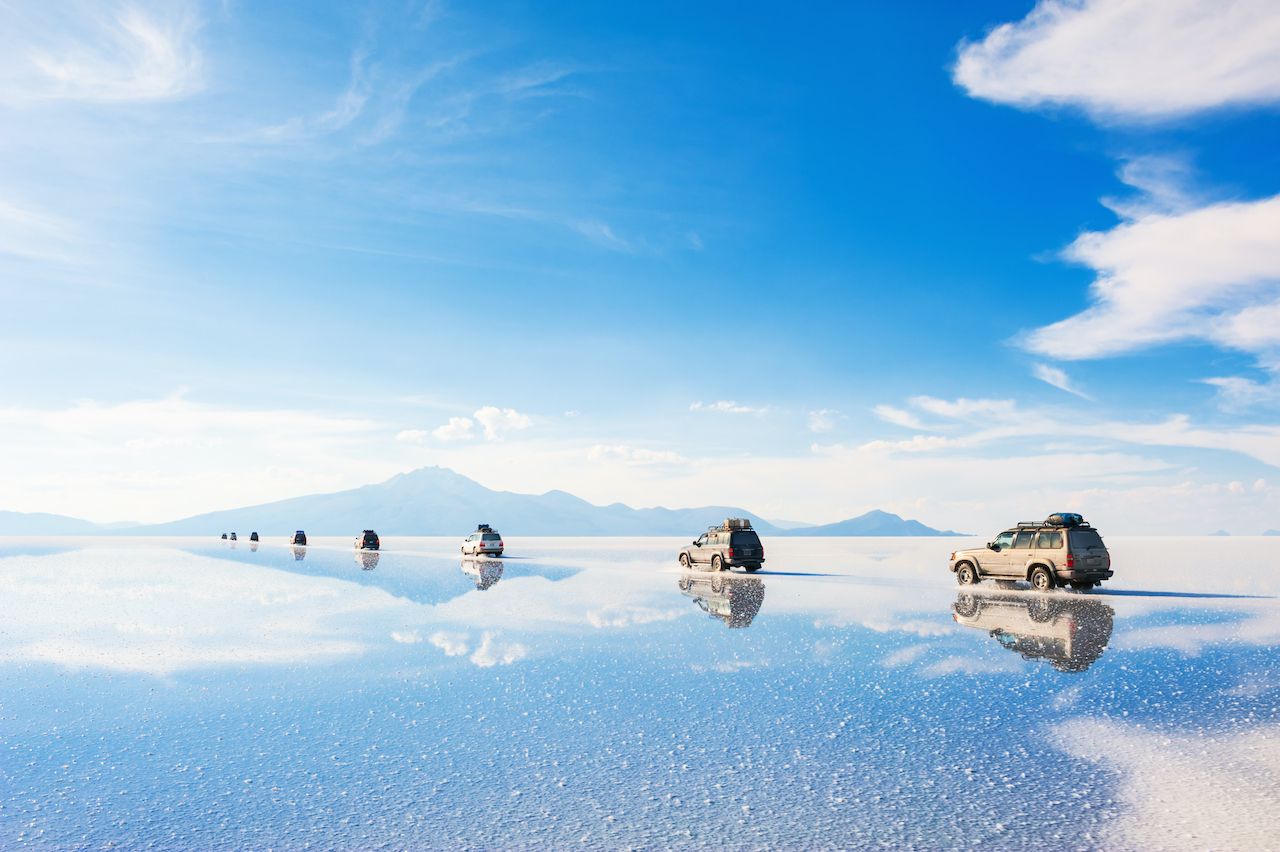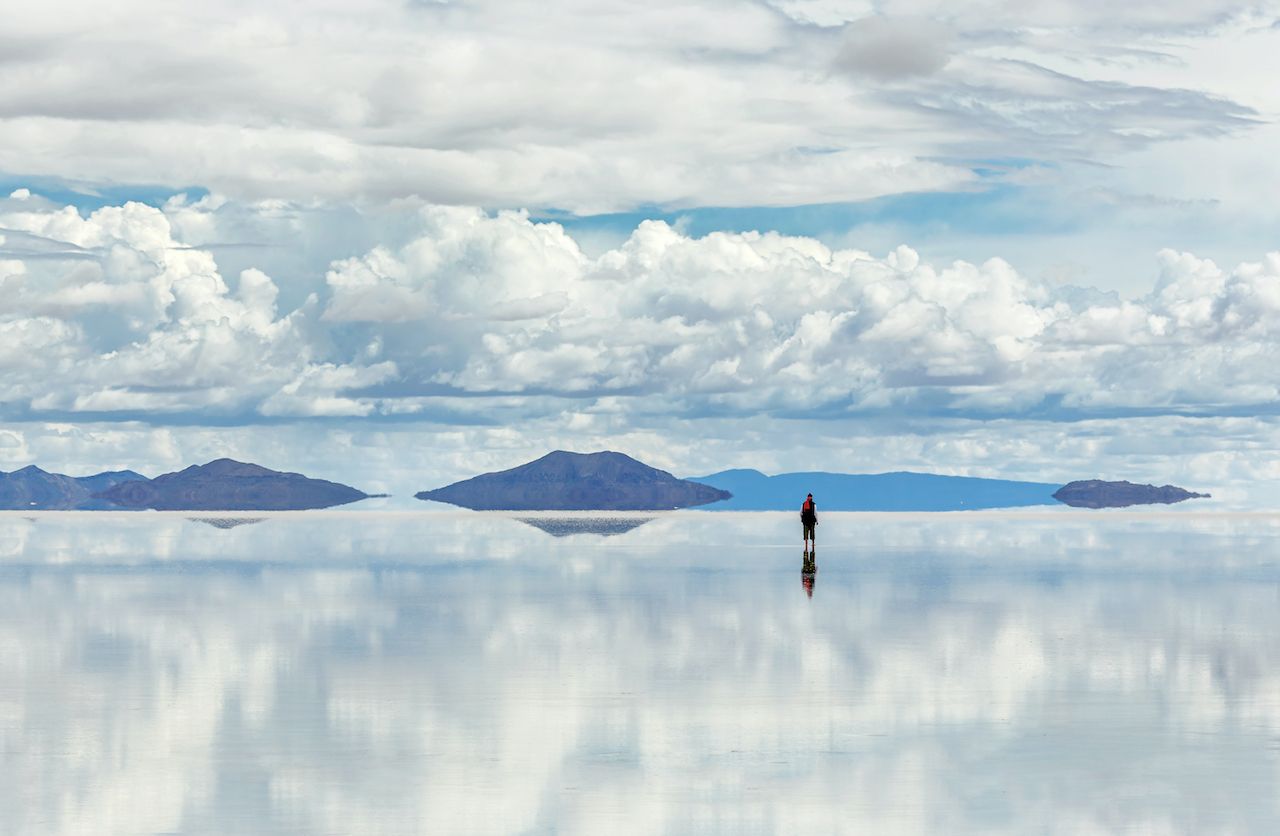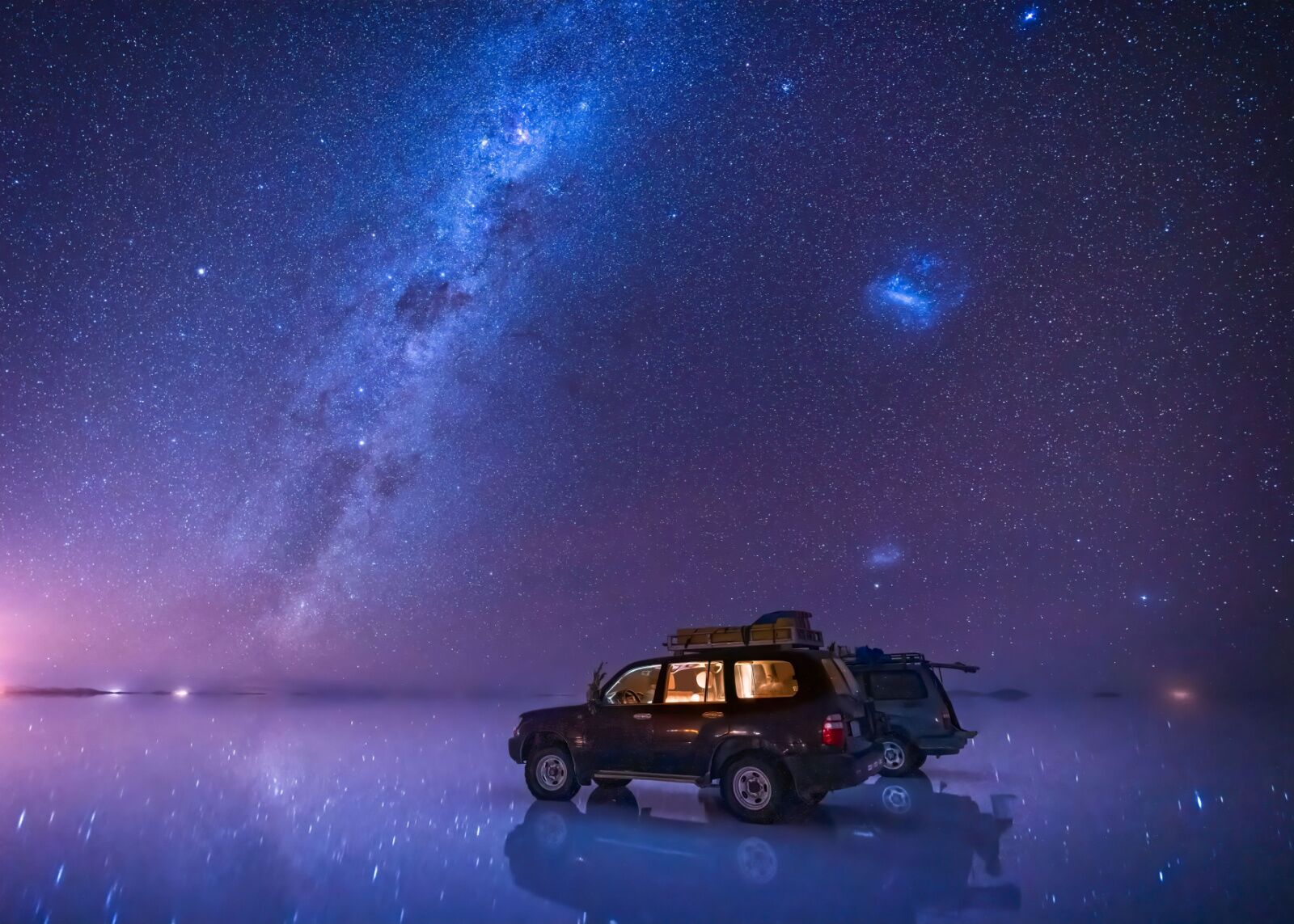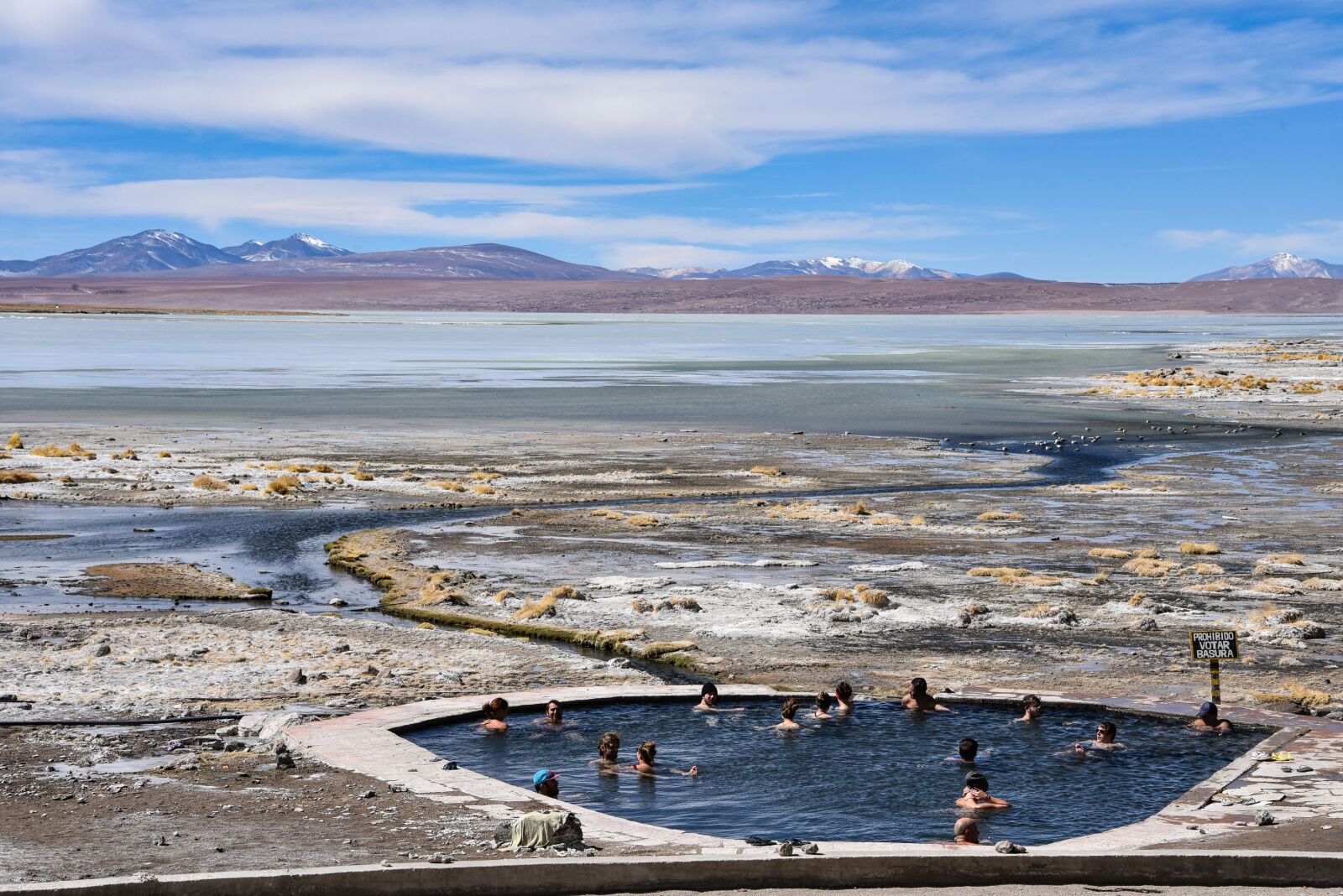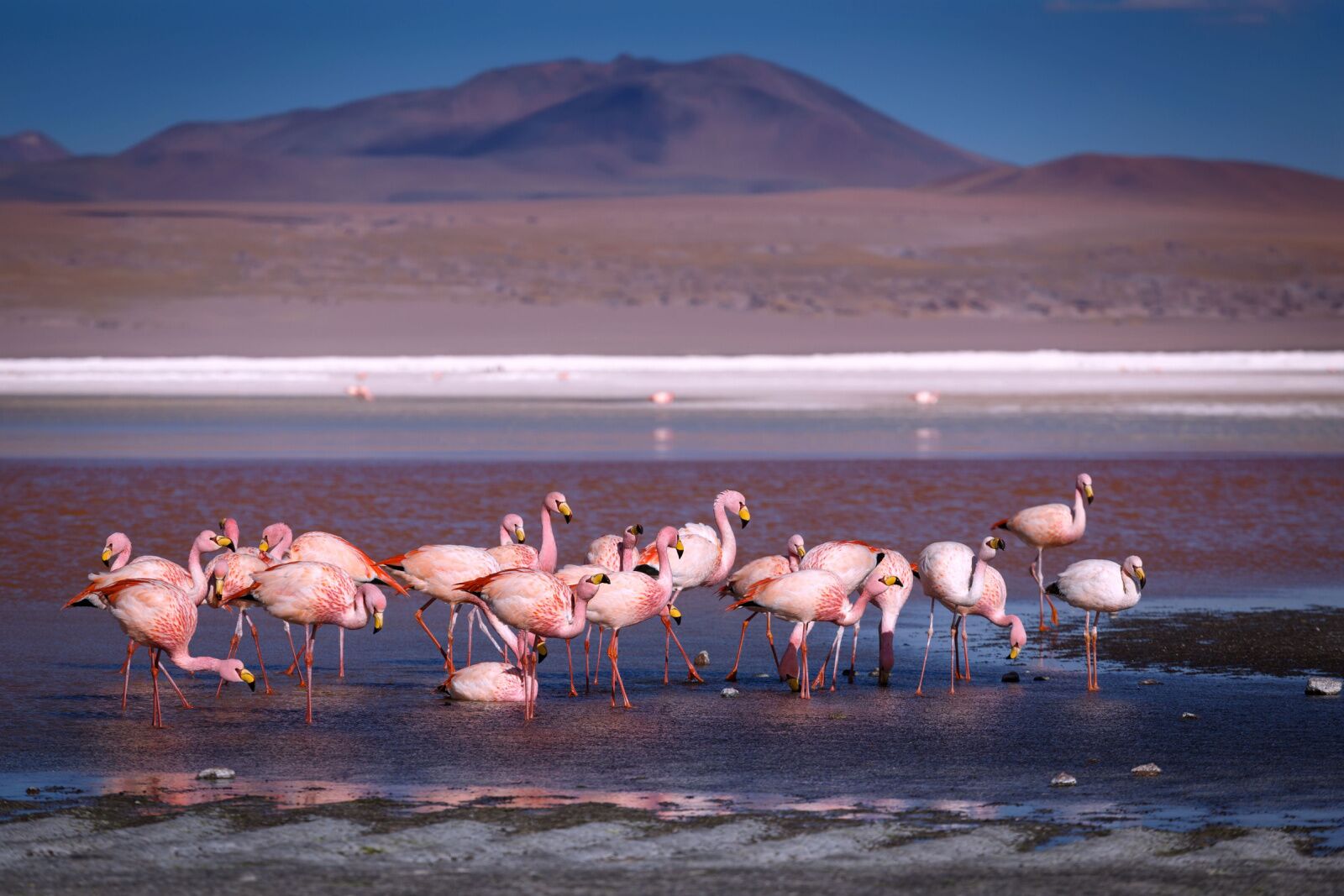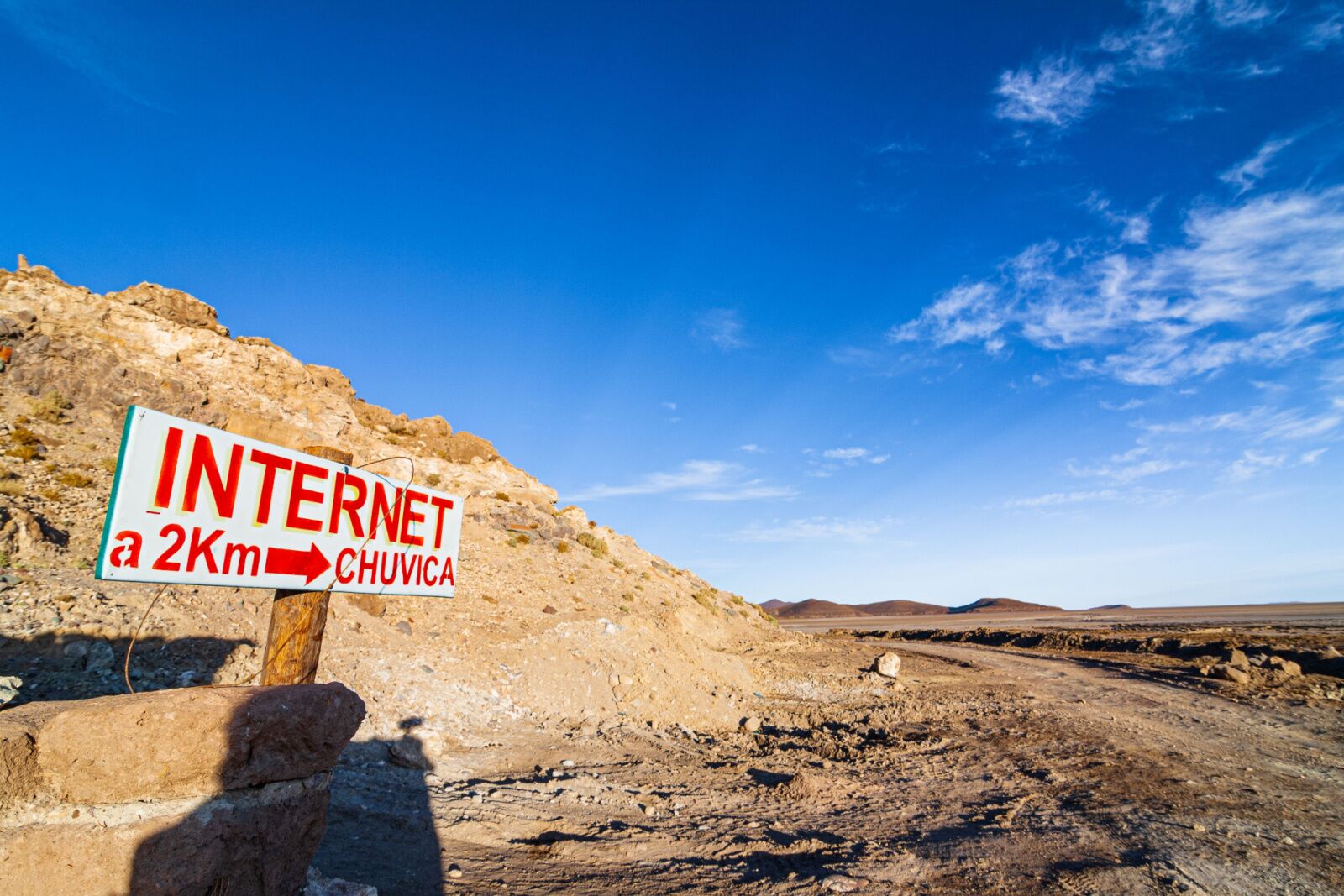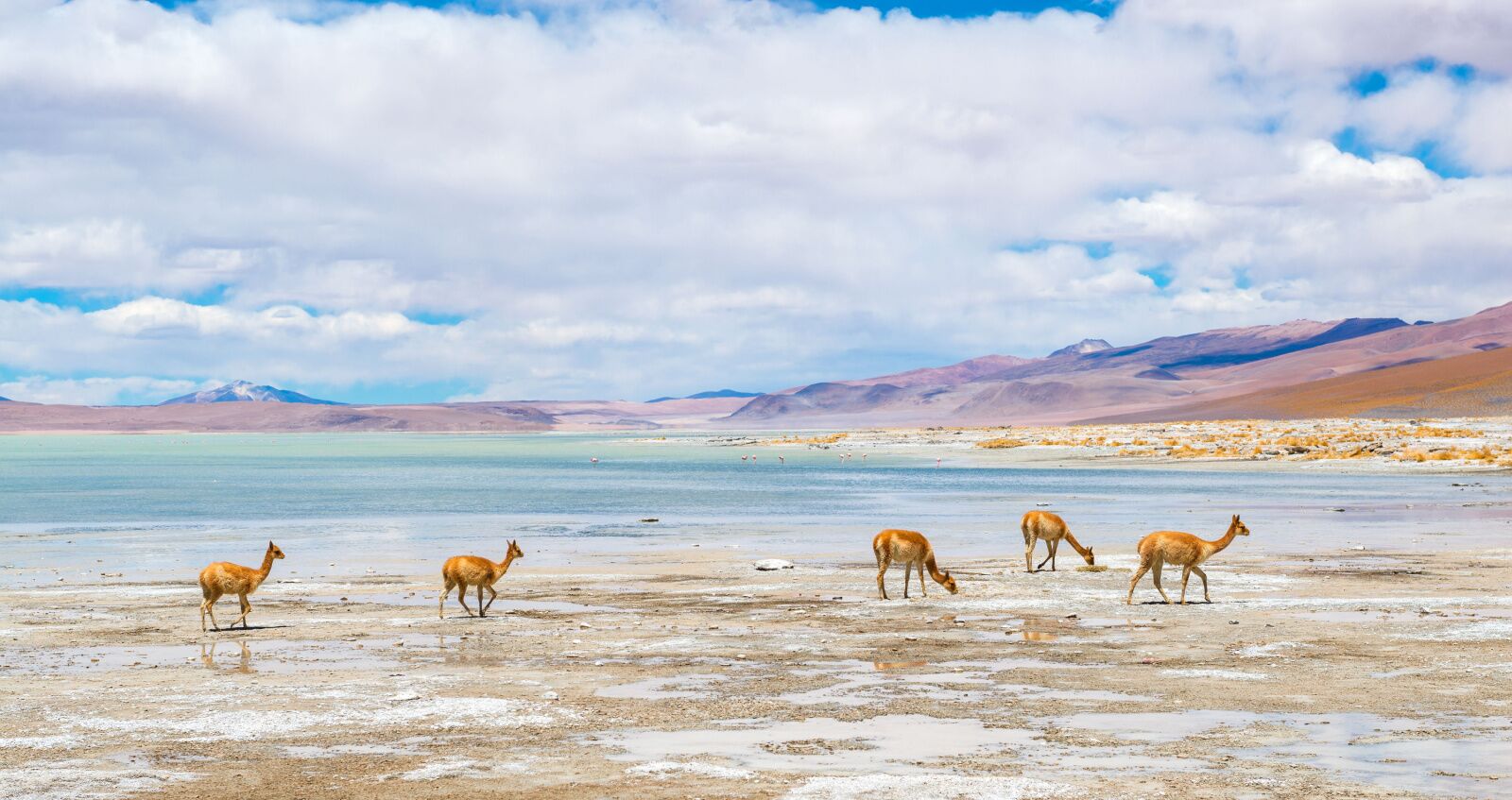This article was updated in July 2023 to include information about new hotels, Wi-Fi availablity, and tour companies.
The Uyuni Salt Flats in Bolivia are one of the top bucket-list locations in South America, probably because the flats are one of the most breathtaking and surreal-looking landscapes on the continent.
@matadornetwork Wet season is the best time to visit Bolivia’s #SalarDeUyuni and this is why 🎥 @SR_Travel #saltflats #boliviatravel #uyuni #giantmirror ♬ original sound – Melissa Findley
